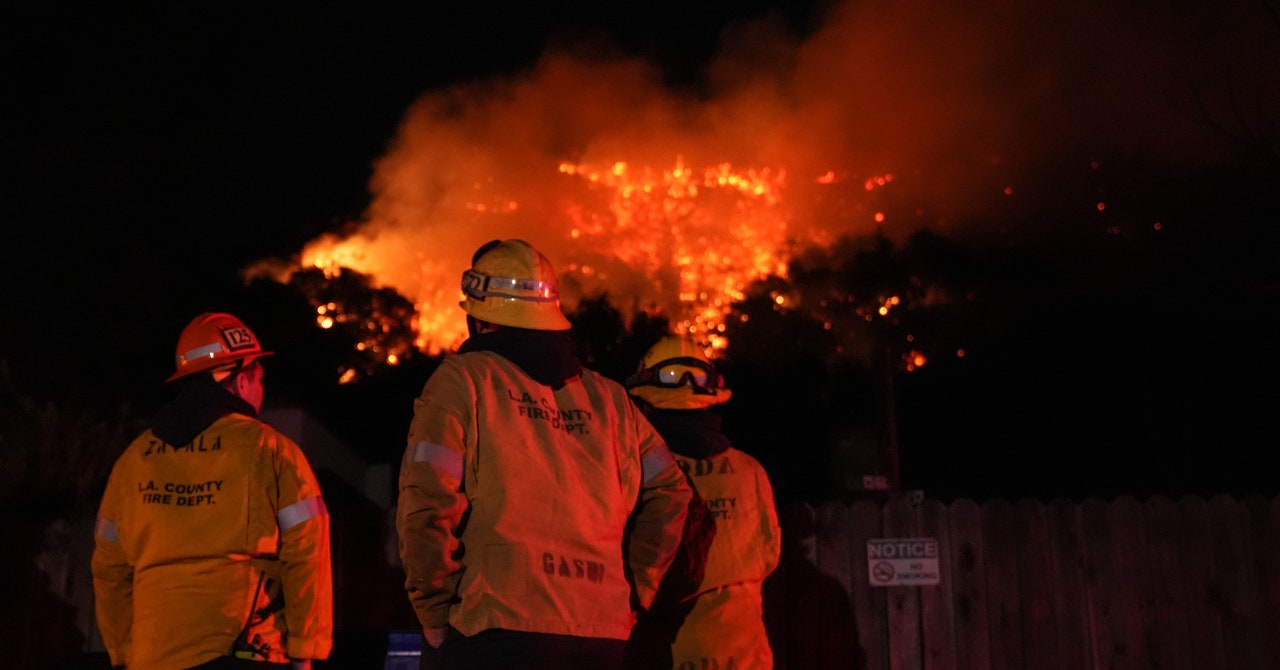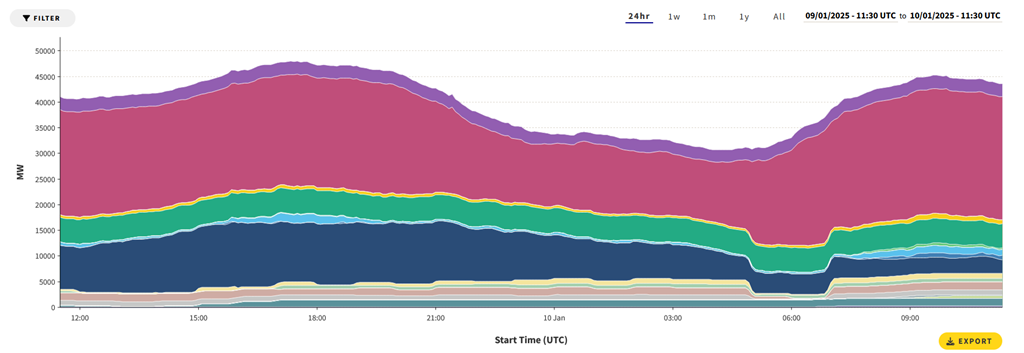Models that analyze what is driving up the temperature all too often omit specific sources, or when included, models all too often downplay their contribution. Accordingly, policies that are promoted based on such models are all too often ineffective or even counter-productive.
Methane is all too often referred to as ‘natural gas’ originating from wetlands, swamps, cows and pigs, as if calling methane ‘natural’ implied that human activities were not responsible for such emissions. Moreover, people with vested interests all too often suggest that such ‘natural emissions’ should be captured and used for heating, cooking or industrial purposes, to offset ‘human emissions’. Similarly, forest fires are all too often referred to as ‘wildfires’, as if human activities were not responsible for them.
The compilation of images below shows forest fires as the largest source of carbon dioxide emissions on October 26, 2024. An image of carbon monoxide is also added (bottom right), as carbon monoxide is an indicator of forest fires. Carbon monoxide is also important since it is a precursor of tropospheric ozone and carbon monoxide depletes tropospheric hydroxyl radicals, thus extending methane’s lifetime.

The methane image (top right) shows a high presence of methane in northern Europe. The cause for this is the high temperatures anomaly in northern Europe on October 26, 2024, resulting in strong decomposition of vegetation, which comes with high emissions of carbon dioxide, carbon monoxide and methane.

The high temperatures anomaly in northern Europe is illustrated by the above image. The image also illustrates polar amplification of the temperature rise, one of the mechanisms that drives up the temperature rise. Numerous mechanisms driving up the temperature rise are discussed in an earlier post that warns about a Double Blue Ocean Event. Thawing permafrost can cause huge emissions of carbon dioxide (CO₂), methane and nitrous oxide.

Many models go back only to 1750, many even use an earlier base, as if concentrations of greenhouse gases only started to rise then.
– Carbon dioxide rose to 151% its 1750 value.
– Nitrous oxide rose to 125% its 1750 value.
Note that values for methane as low as 550 ppb and carbon dioxide as low as 260 ppm have been found in ice cores corresponding with periods thousands of years ago, as illustrated by the image below, from the pre-industrial page, based on Ruddiman et al. (2015).

Another way the danger of rising temperatures is all too often downplayed is to suggest that many feedbacks work only over very long timescales. This narrative may be convenient for politicians who rarely bother about what happens beyond the next election. However, as discussed in a recent post, there are many mechanisms that can push up the temperature rapidly, adding up to a potential rise of more than 18°C within years.
Instead of omitting them, all mechanisms driving up the temperature should be fully included in an action plan that seeks to improve the situation. Multiple policy instruments and combinations of policy instruments should be considered for implementation, preferably through local feebates.
The situation is dire and the precautionary principle calls for rapid, comprehensive and effective action to reduce the damage and to improve the situation, as described in this 2022 post, where needed in combination with a Climate Emergency Declaration, as discussed at this group.

Links
• Copernicus – Climate Pulse
https://atmosphere.climate.copernicus.eu
• Climate Reanalyzer
https://climatereanalyzer.org
• World Meteorological Organization (WMO) – Greenhouse Gas Bulletin – No. 20 – 28 October 2024• Double Blue Ocean Event 2025?








Leave a Comment